Aboriginal Cultural Safety in Early Childhood Care Programs Report
VerifiedAdded on 2023/06/13
|22
|1528
|484
Report
AI Summary
This report provides a comprehensive overview of Aboriginal and Torres Strait Islander cultural safety within the context of early childhood care. It defines key concepts such as culture, cultural safety, cultural awareness, and cultural competence, highlighting their interrelationships and importance in service delivery. The report emphasizes the unique aspects of Aboriginal culture and the need for culturally safe environments that respect and protect the identity of Aboriginal and Torres Strait Islander children. It also outlines relevant legislation aimed at safeguarding Aboriginal cultural heritage and preventing discrimination. Furthermore, the report details strategies for supporting the delivery of culturally safe programs and services, including creches, flexible learning sessions, and mobile services. It stresses the importance of effective communication strategies, such as building rapport, using clear language, and respecting body language. In conclusion, the report advocates for increased resources and tailored education systems to promote child care and cultural preservation among Aboriginal communities. The document is available on Desklib, a platform offering a wide range of study tools and solved assignments for students.
1 out of 22
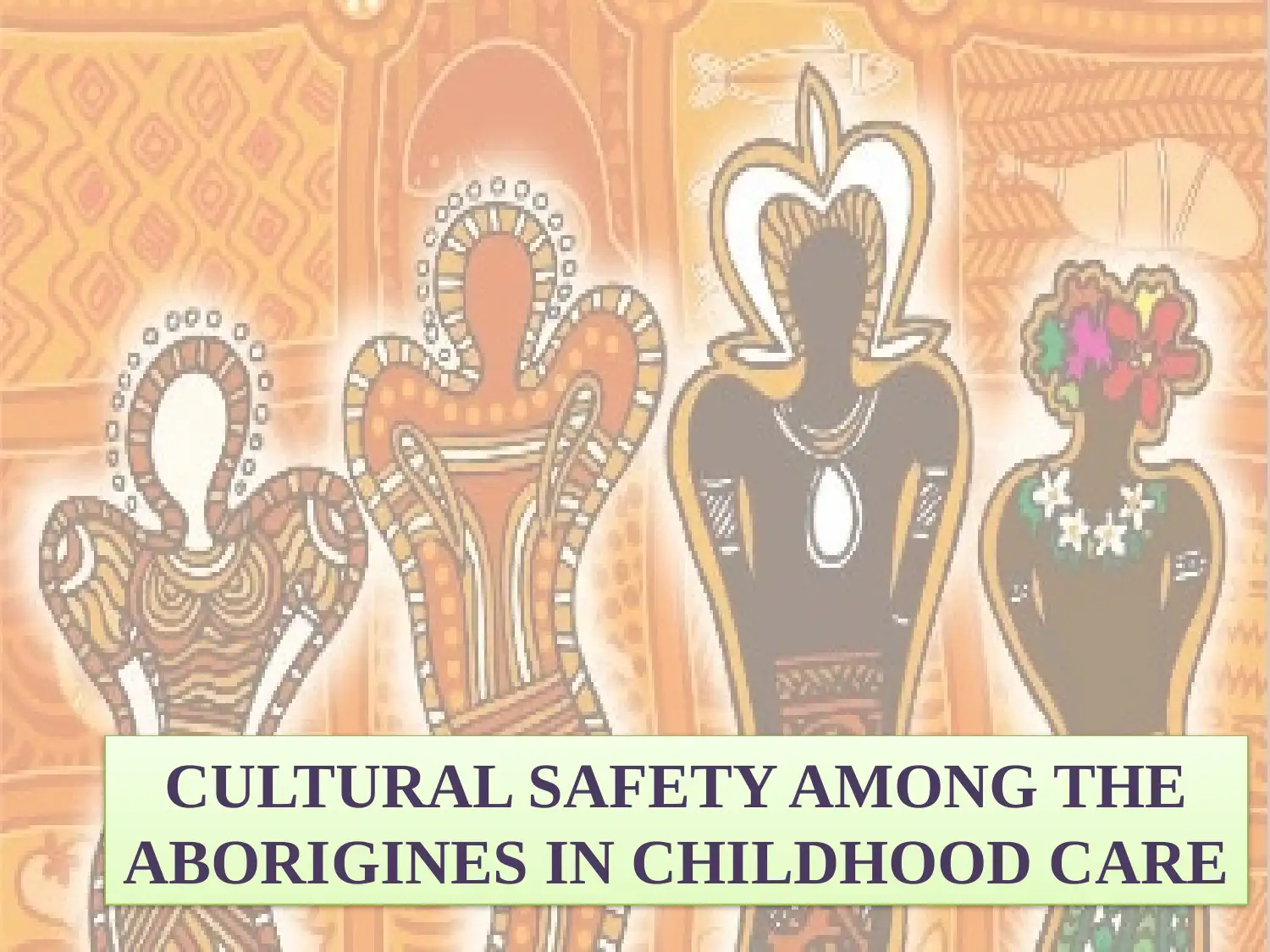
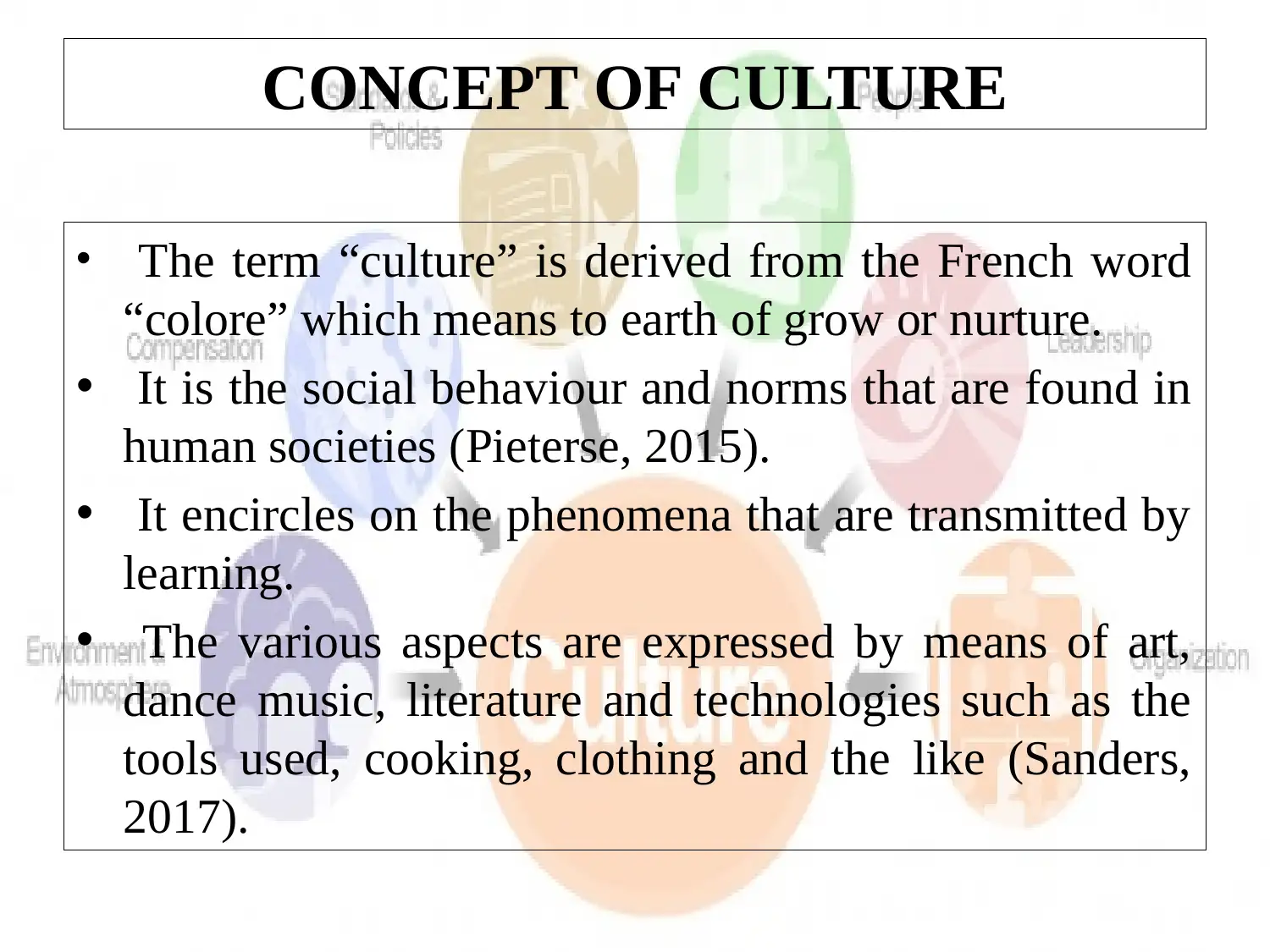
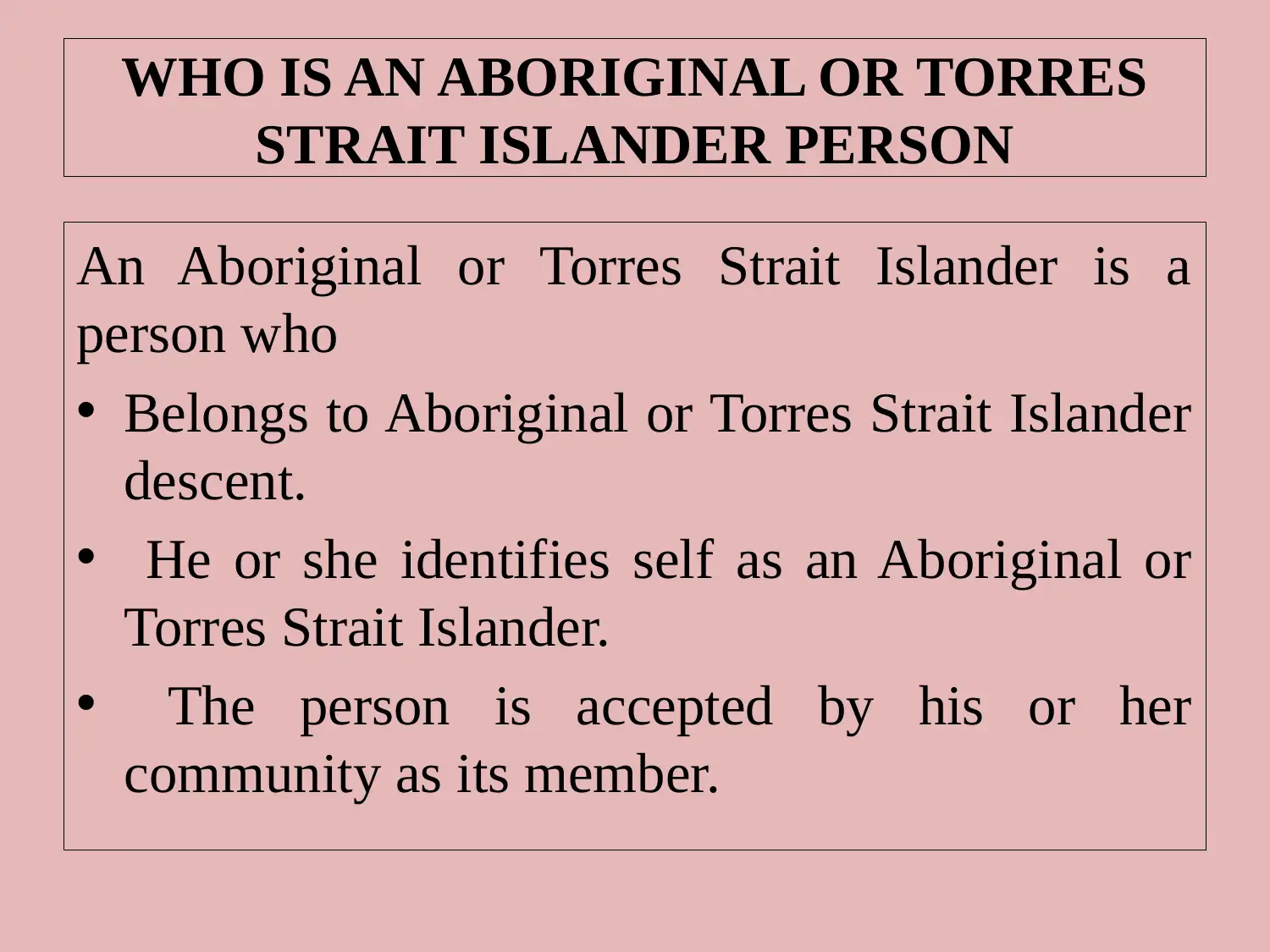

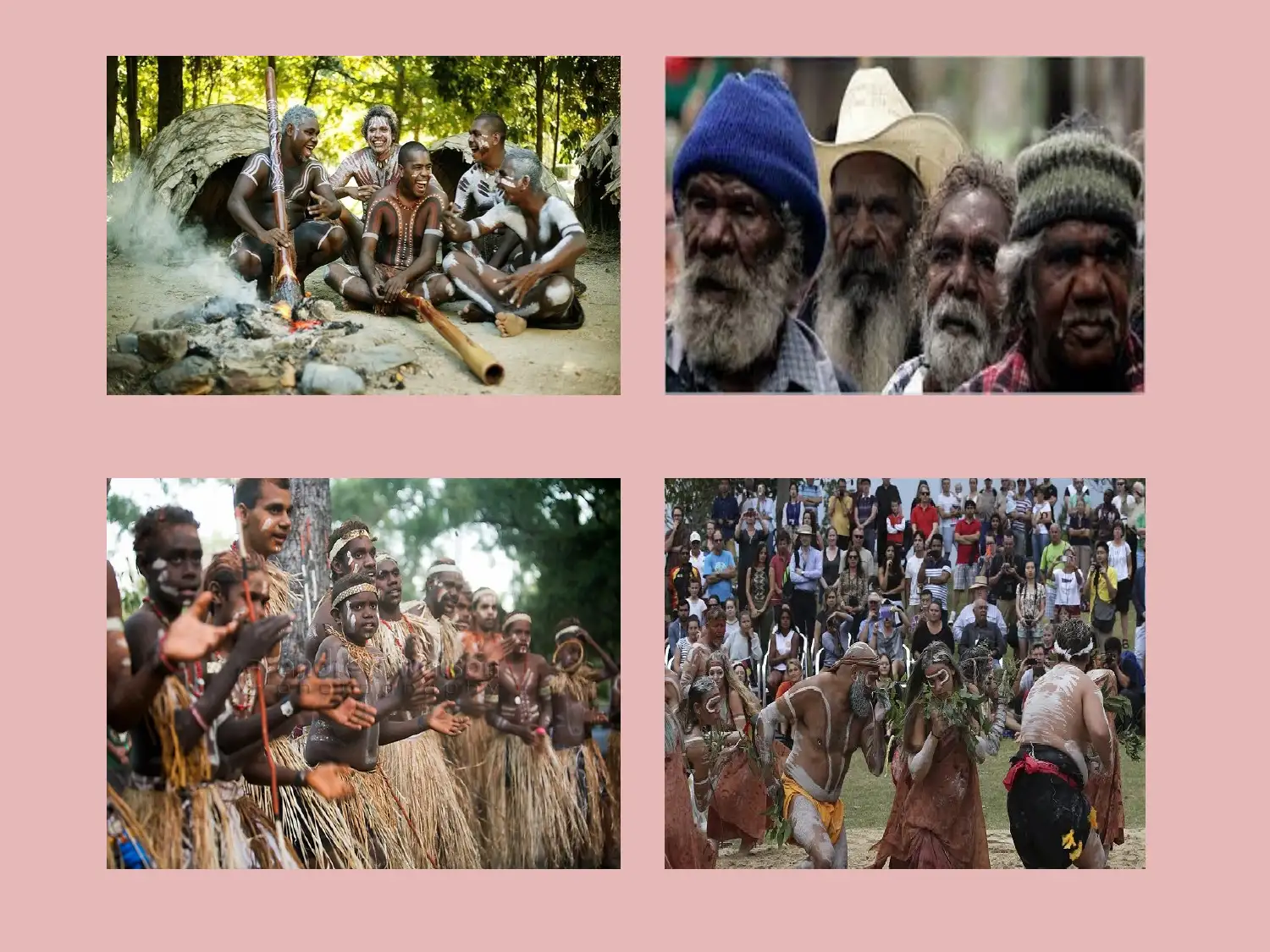
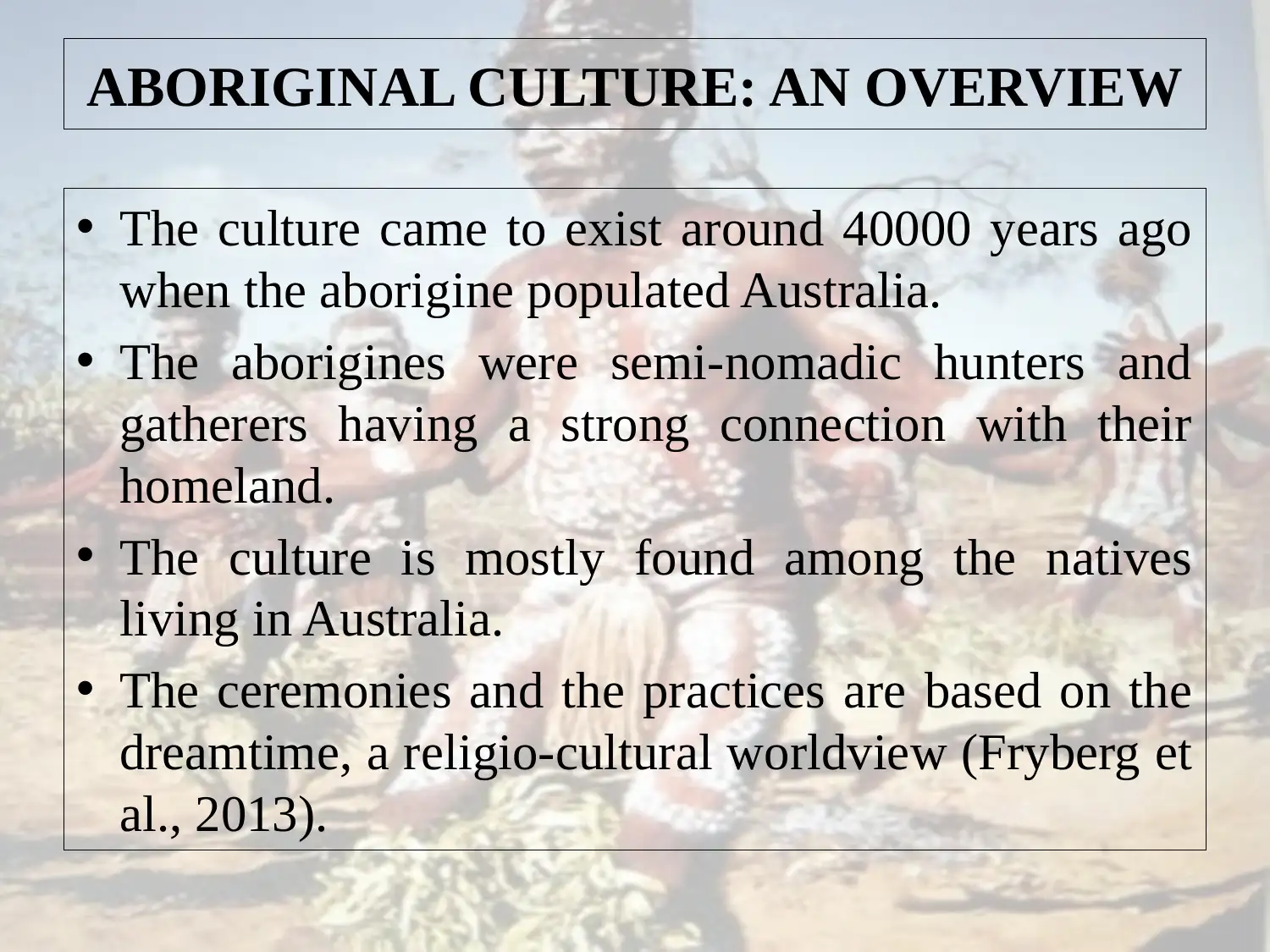
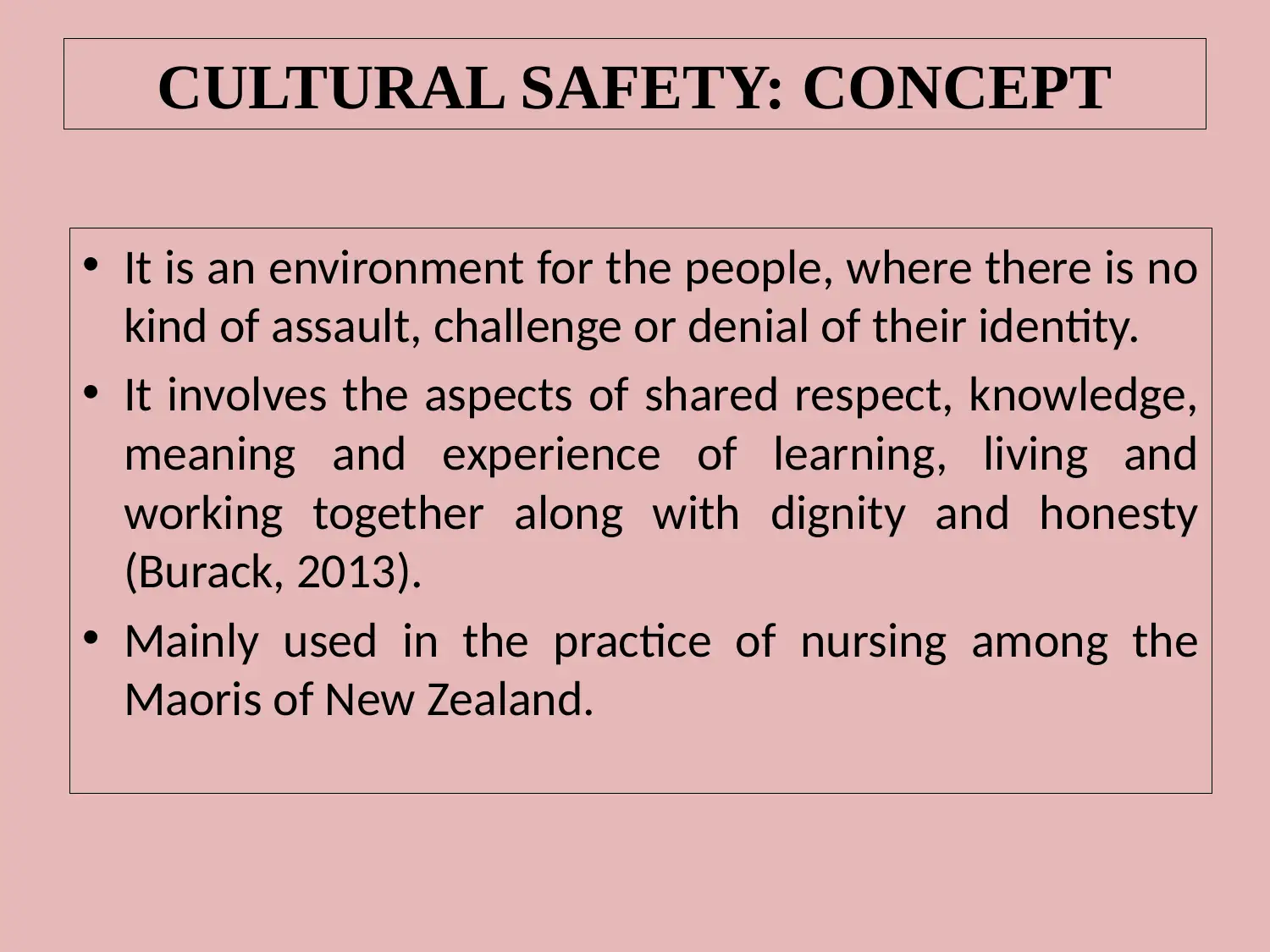
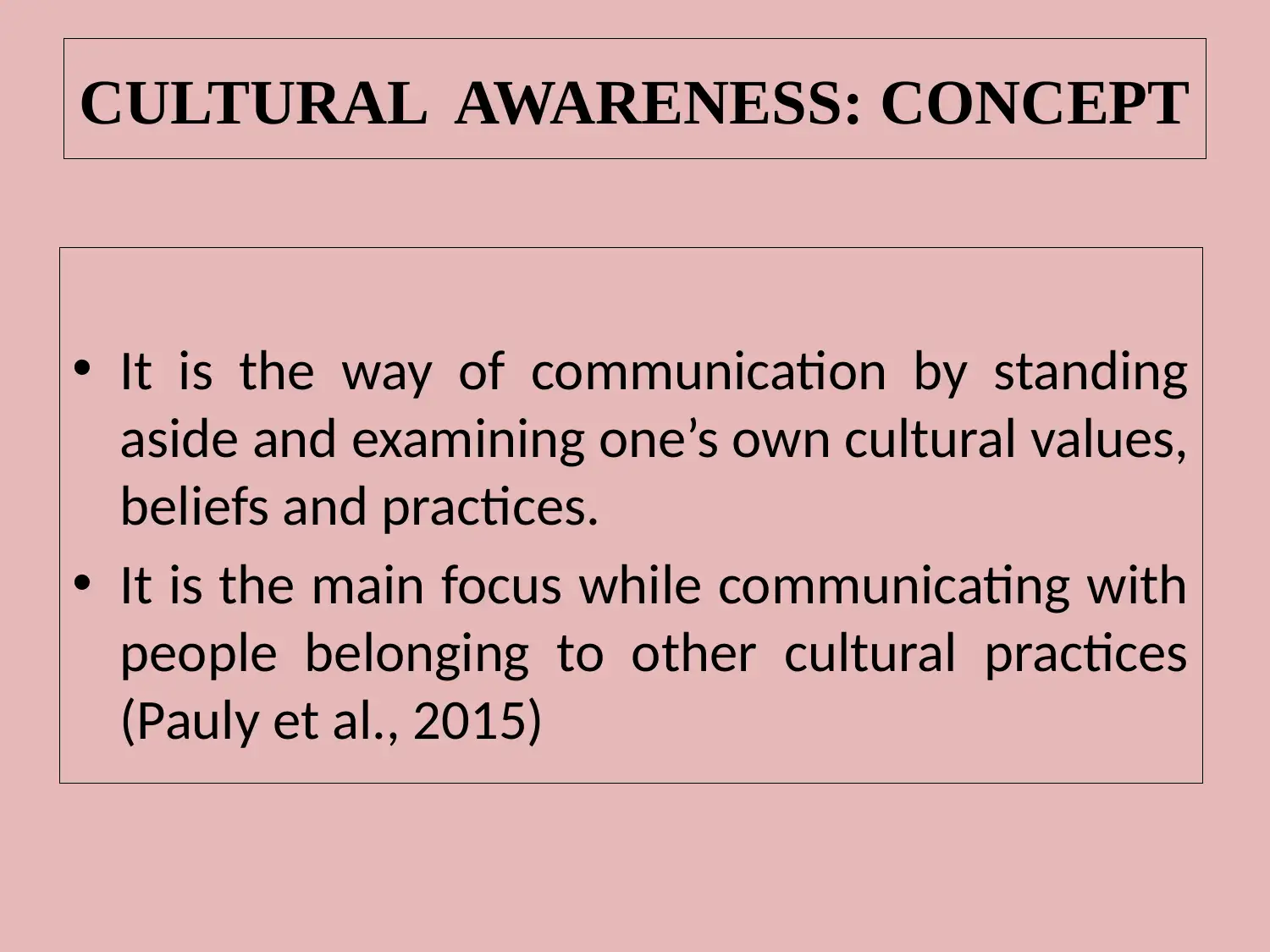
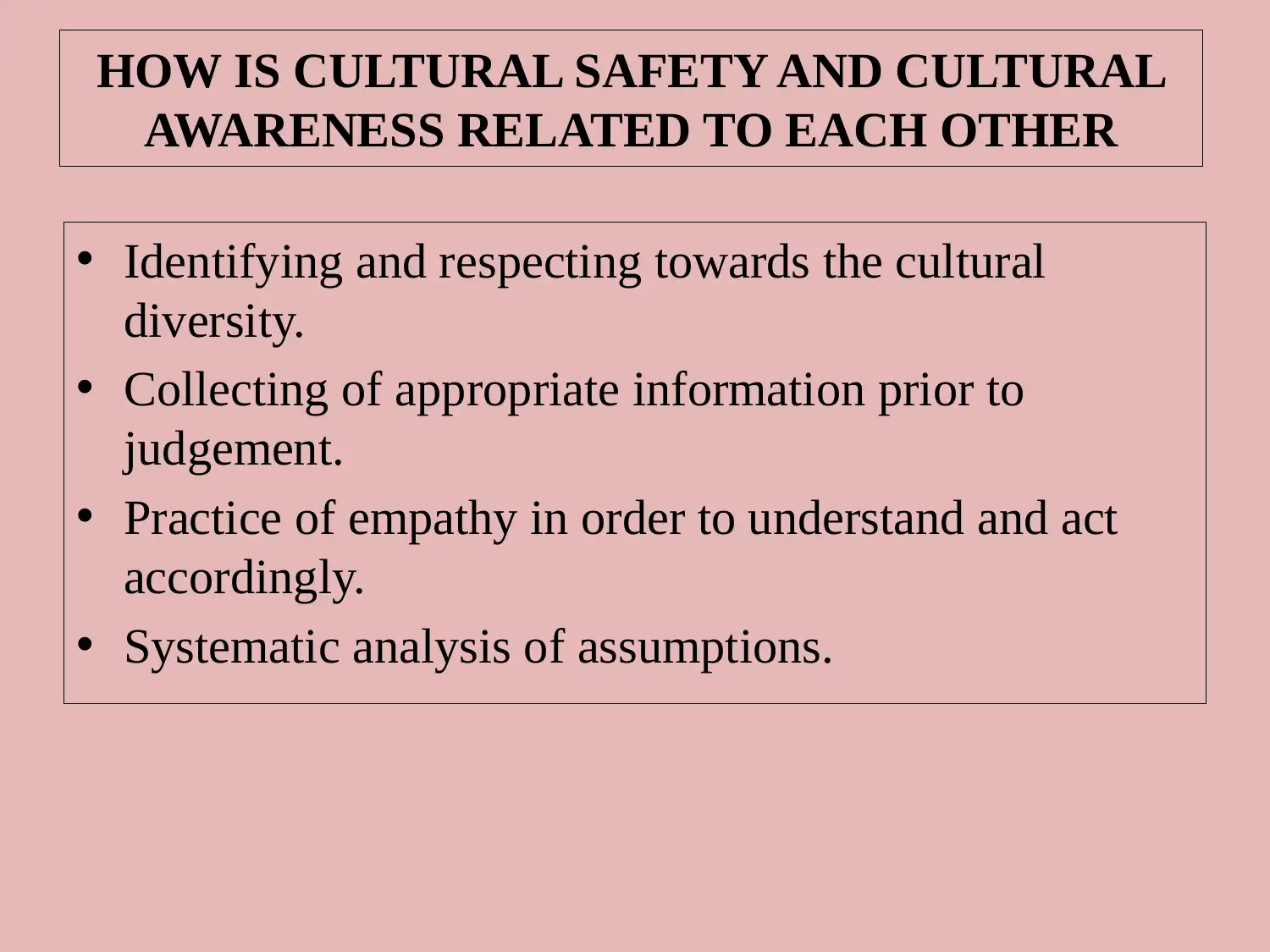
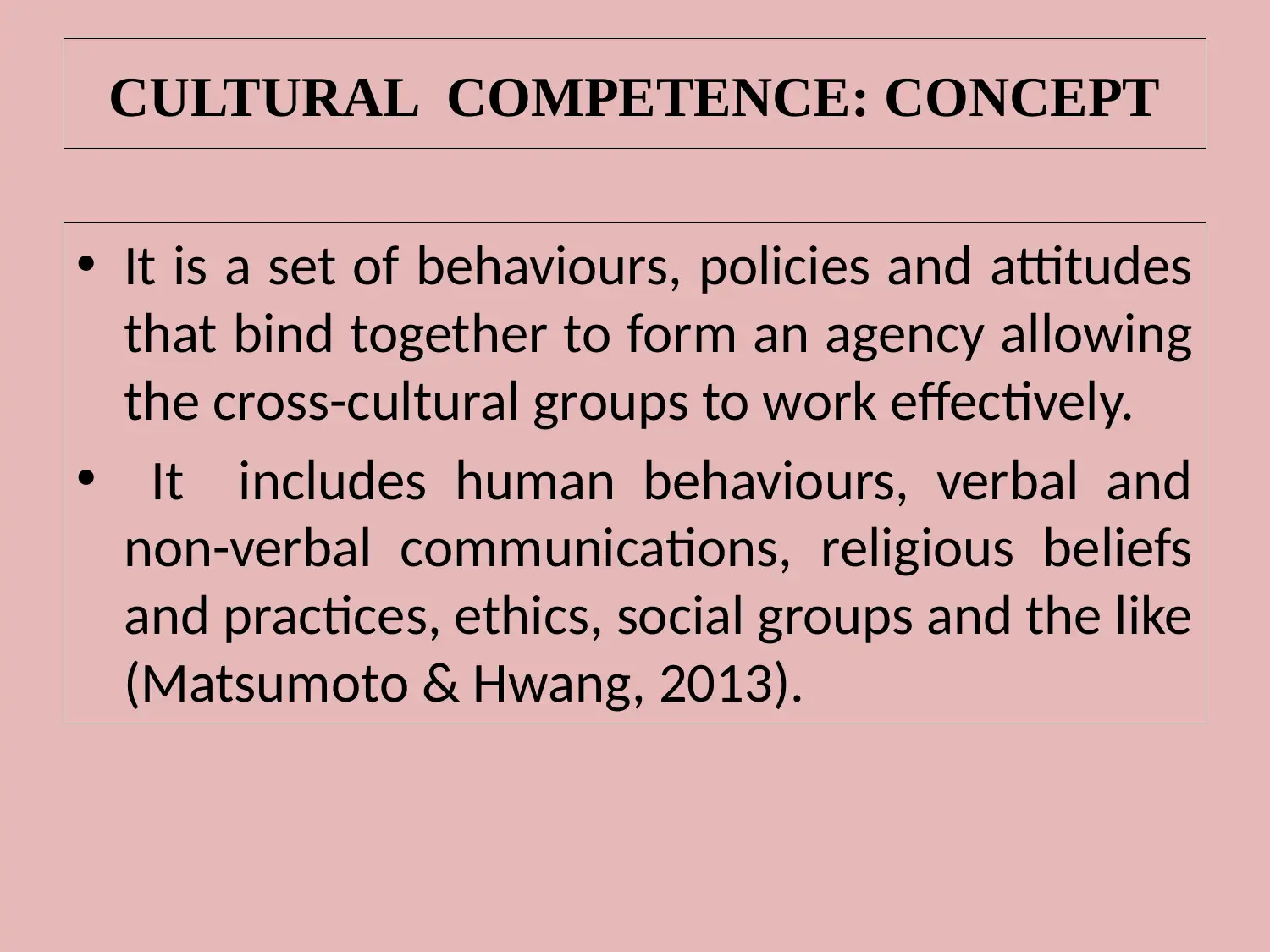
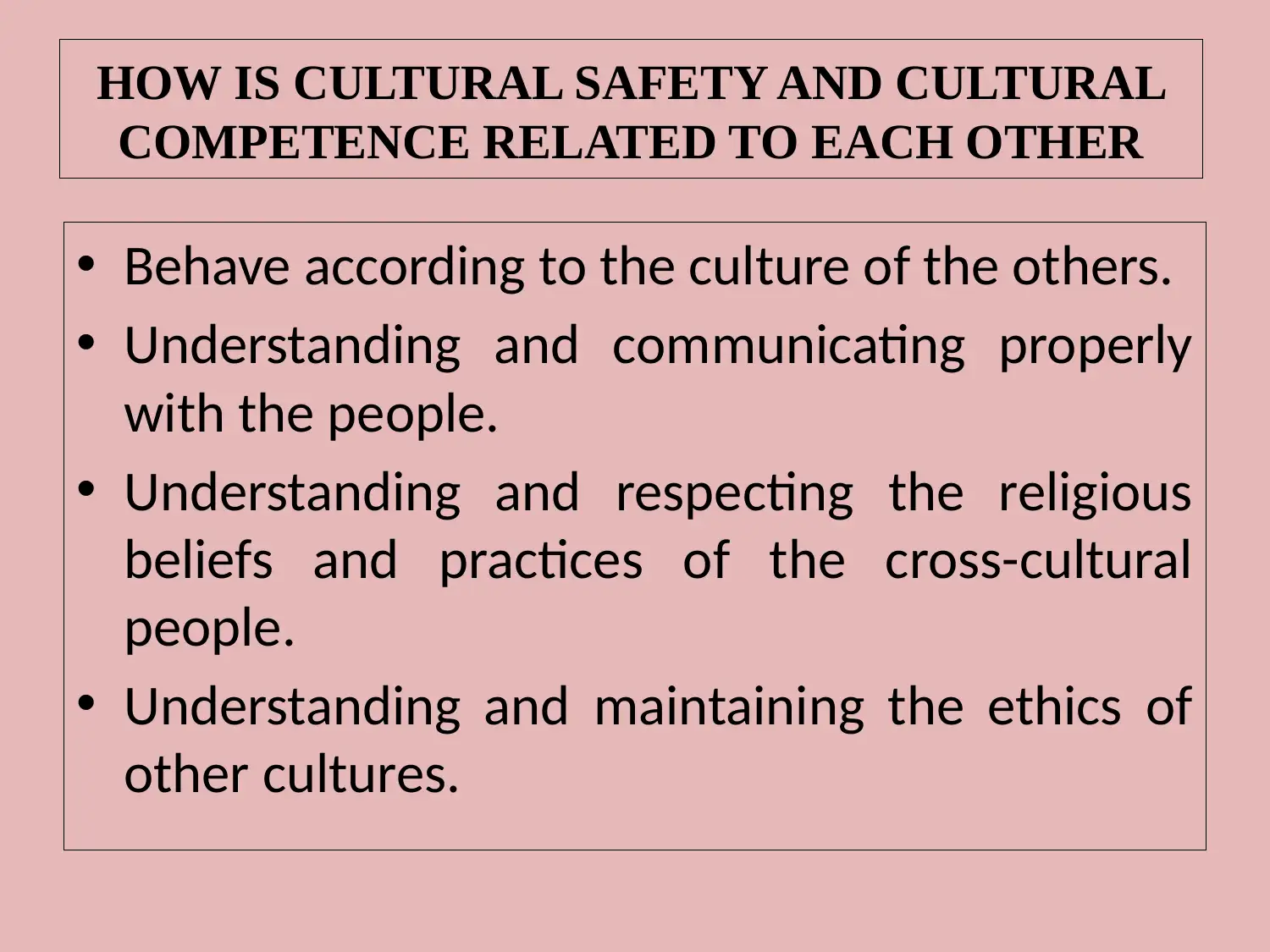
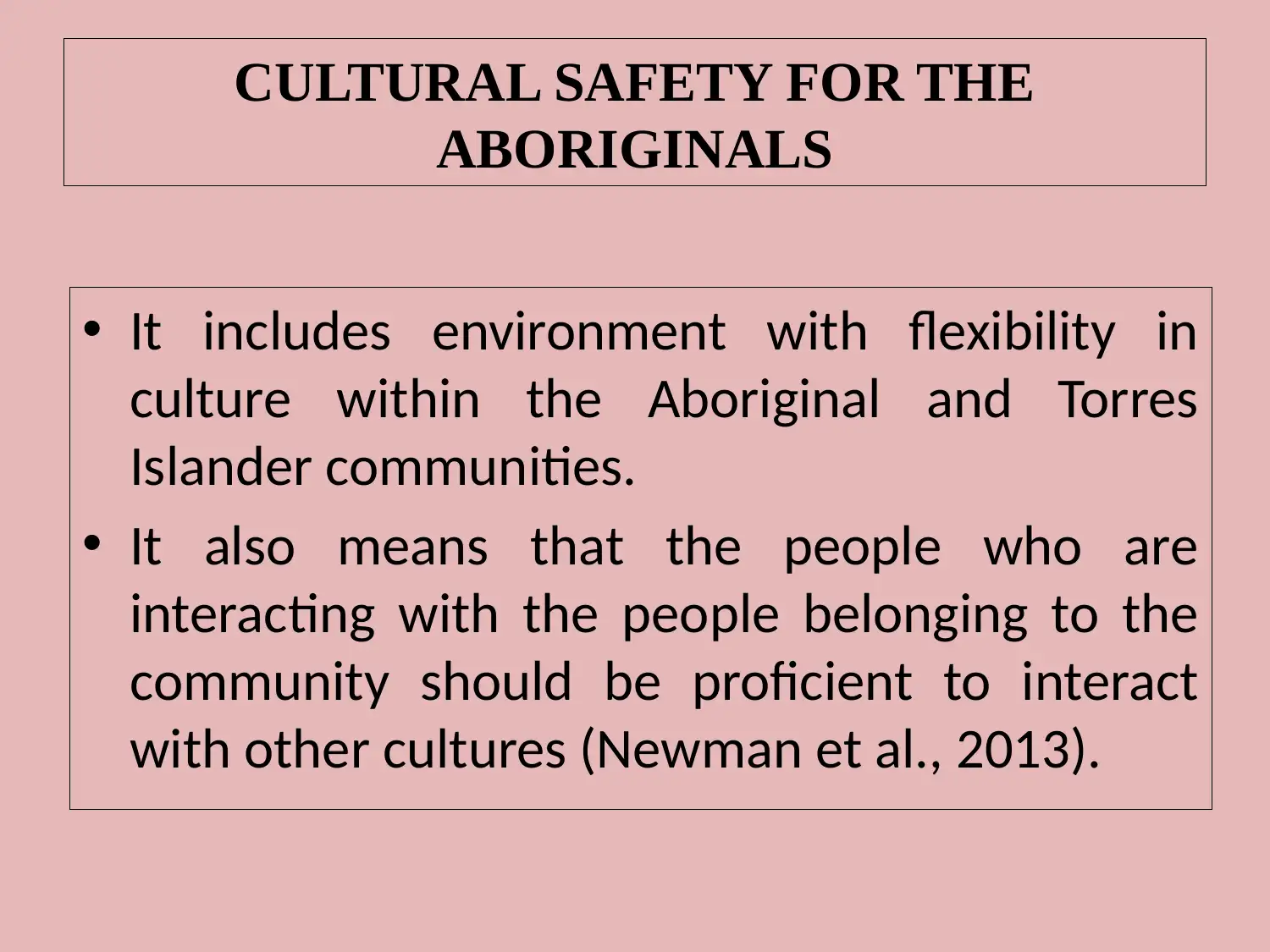
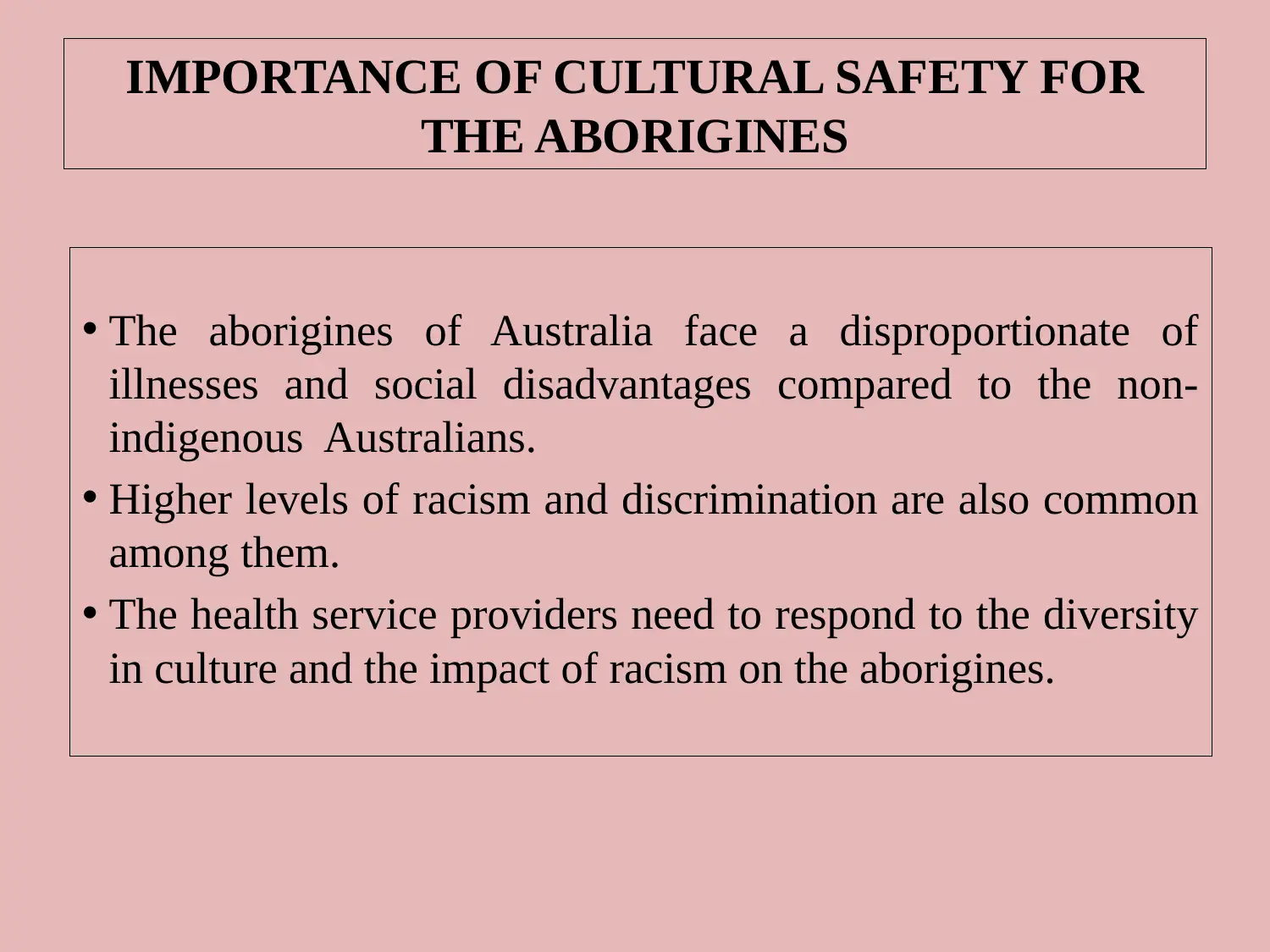





![[object Object]](/_next/static/media/star-bottom.7253800d.svg)